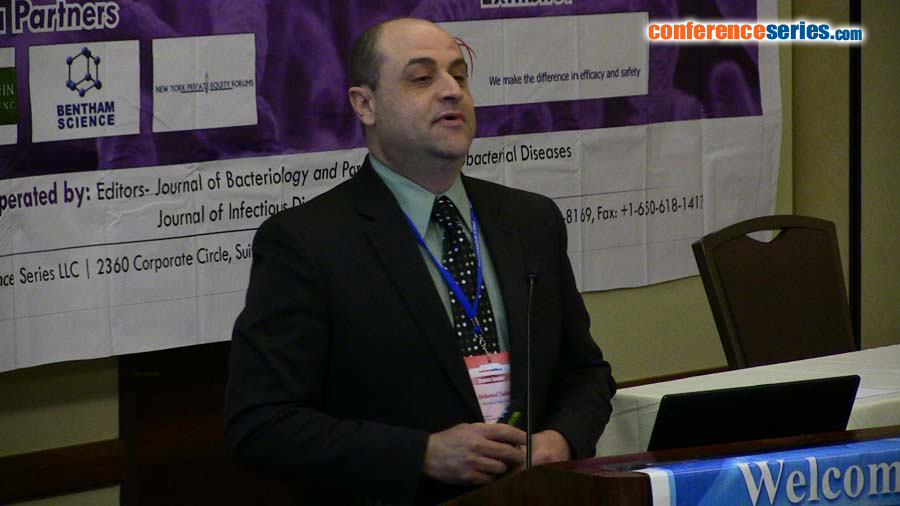
Mohamed Fakhr
University of Tulsa, USA
Title: Molecular Characterization of Staphylococci Isolated From Retail Mushrooms
Biography
Biography: Mohamed Fakhr
Abstract
Staphylococcus spp. is a known cause of food poisoning in humans. The prevalence and virulence of staphylococci in retail mushrooms is understudied despite their proposed role as a mecA gene reservoir. One of the objectives of this study was to determine the prevalence of staphylococci in both conventional and organic retail mushrooms sold in the Tulsa, Oklahoma area. Characterizing the isolated strains for their possession of toxin and mecA genes was also aimed at. Molecular typing of the isolated strains to determine their origin and genetic diversity was also performed. A total of 420 samples of retail mushrooms were purchased from retail stores including Asian markets across the Tulsa area. Staphylococcus spp. was isolated from 14 different domestic and imported brands of fresh mushrooms. Prospective colonies of Staphylococcus aureus were identified by PCR and the presence of 18 toxin genes and the mecA gene were screened for by PCR. A total of 297/420 mushroom samples (70.71%) was positive for the presence of Staphylococcus spp. The prevalence of S. aureus in the tested mushroom samples was only 1.6%. The mecA gene was detected in 64/297 (21.55%) of the positive samples. A total of 552 isolated staphylococcal strains were also tested for the presence of 18 toxin genes. The prevalence of enterotoxins ranged from 0.1% to 2.1%. The see, sej and sei genes were the most detected enterotoxins among all isolates and the exfoliative toxin (eta) gene was detected in only one isolate. The genes of toxic shock syndrome toxin 1, leucocidins (lukE/lukD and lukM), and Panton-Valentine leucocidin (PVL) were not detected in any of the staphylococcal isolates screened. A subset of 120 staphylococcal isolates was subjected to 16S rDNA gene sequencing and was molecularly identified. A total of 10 different Staphylococcus species was detected including S. aureus, S. fleurettii, S. saprophyticus, S. vitulinus, S. sciuri, S. xylosus, S. succinus, S. pasteuri, S. warneri, and S. haemolyticus. More than half of the screened S. fleurettii strains carried the mecA gene. Genetic diversity among the identified staphylococci strains showed higher diversity reflecting the mushroom compost environment. Genetic diversity in the mecA gene among a selected number of isolated staphylococci in this study showed a higher degree of DNA homology among the isolates, indicating that these isolates can serve as a reservoir of this important gene in the environment. Molecular typing using PFGE for the identified staphylococci showed a high degree of diversity that varied according to the mushroom brand. PFGE, MLST and spa typing of the isolated S. aureus strains showed two distinct strains of a human origin, supporting that contamination with S. aureus was as a result of human handling of the mushrooms during packaging. In conclusion, the prevalence of Staphylococcus spp. in fresh mushrooms is high and a subset of the strains was shown to harbor enterotoxin genes, which might lead to foodborne poisoning. The mecA screening and genetic diversity results support the hypothesis that those staphylococci other than S. aureus can serve as reservoirs for this methicillin resistance gene.




